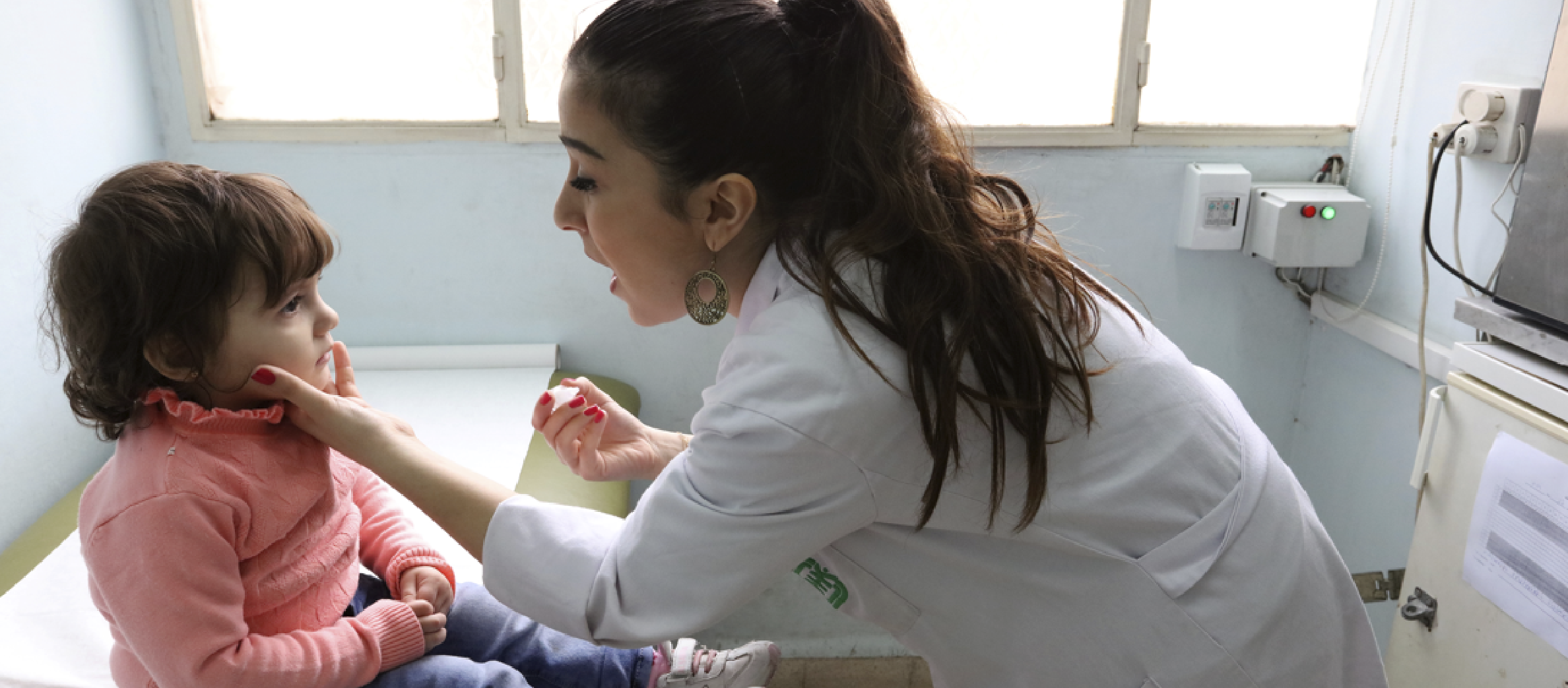 young child being seen by professional medic
young child being seen by professional medic
The COVID-19 pandemic has hit countries in different ways, but it has brought about one challenge to virtually all developing nations: Large increases in fiscal imbalances and debt accumulation.
Countries will inevitably have to reconcile the drive for an adjustment that preserves output and promotes investment and long-term growth with protecting and restoring human capital — the importance of the latter for growth being now well established. This is particularly relevant for low-income countries, where fiscal space is narrow, and substantial human capital shortfalls and equity gaps existed even before the crisis.
A granular approach to fiscal adjustment would focus on the role of specific spending categories for the efficiency of a sector and its overall social and economic impact. Beyond the distinction between capital and current spending, countries must protect, in the short term, categories of spending that are critical to preserve service delivery and sustain development in the long term.
These categories are usually critical for the operation of sectors (internal efficiency) and for the continuation of service delivery (social returns), often have a relatively low amount of funds, and are easier to cut, unlike wages and debt service.
Governments must identify sectors to be protected and, within these sectors, the most critical budget lines with the highest developmental impact.
No easy choices
The easiest budget items to cut are often related to the provision of inputs and maintenance — considered non-rigid parts of the budget. Take maintenance and purification chemicals in the public water sector. Though important for service quality, they absorb a small share of the budget and are not a visible expenditure. Hence, they are often the first budget items to be cut. But without maintenance and purification chemicals, water quality will dwindle, with negative impact on the health of the population, who would also incur extra cost to cope with deteriorating health and pay for expensive alternatives. Similarly, in the education sector, cutting the budget of teaching materials is the easiest undertaking, but may compromise outcomes for a generation.
Instead of cutting essential expenditures, a revision and reduction of inefficient subsidies as well as tax expenditures, a negotiated reduction of debt services, and even a negotiated short-term and temporary freeze of wages and salaries might be more desirable.
In many countries, resources have been reallocated toward COVID-19 spending at the expense of other health spending. For instance, there is evidence of decreased efforts to control malaria and of defunding budget lines for routine immunization with lasting generational health impacts. The situation could become catastrophic in countries with weak financial and institutional capacities. As governments engage in the recovery phase, they are likely to reduce emergency expenditures, creating more room for preserving certain categories of critical spending.
In sum, it would be harmful if fiscal adjustments led to a reduction in non-personnel recurrent spending — such as for routine maintenance, routine immunization, teaching and learning supplies, and professional development. Although their budgets tend to be relatively low, these items are critical for maintaining services to the population.
Frameworks and programs can help
Budget management frameworks must identify and prioritize allocations across and within sectors, as well as for social- and development-sensible fiscal adjustments. The standardization of budget frameworks and the existence of analytical tools such as the World Bank’s BOOST Public Expenditure Database can help countries move toward development-based budgeting. They can also be helpful for ministries of finance and in dialogue with the IMF during fiscal adjustment.
Planning and program classifications within the budget can help countries understand the impact of spending changes on results across sectors and beyond the current year. Programs illustrate how certain goods and services are necessary for the quality of services.
Governments combining programs and medium-term fiscal frameworks (MTFFs) are better positioned to assess the consequences of spending reductions or higher taxes. The World Bank recently examined 130 public-expenditure reviews and found analyses on 32 countries that undertook fiscal adjustments and consolidation. Successful countries were those committed to a medium-term programmatic approach. Quantification of spending reduction, revenue increases, and spending reallocation are key to simulate and minimize the opportunity cost of consolidation for development
When programmatic and medium-term perspectives are taken into consideration in a sector such as health — where the connection between resources, outputs, and outcomes is clear — it is easier to gauge the multiyear impact of present fiscal choices to reduce spending. Medium-term expenditure frameworks (MTEFs) are the natural complement to MTFFs and can inform budgets and program classifications even within sectors.
Together, programs and frameworks can enable countries to better understand the linkages between inputs and outcomes, with the goal of improving the impact of spending on national economic and social development objectives. In times of fiscal crises, they allow for informed adjustments with minimal harm to longer-term development.



Join the Conversation